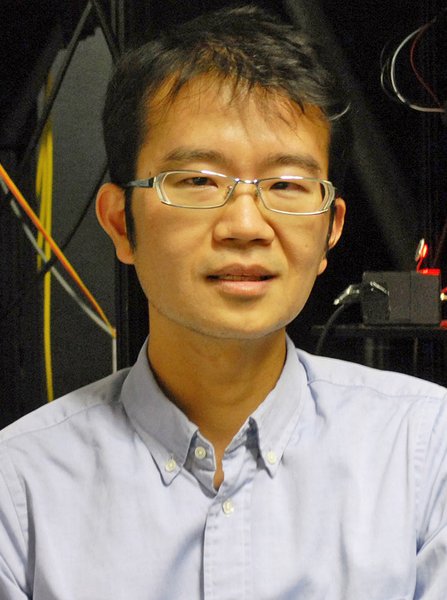ERC Starting Grant for research into the brain’s visual processing system
Keisuke Yonehara is leader of the Yonehara Group at DANDRITE (the Danish Research Institute of Translational Neuroscience), Aarhus University. He has just been awarded an ERC Starting Grant of EUR 1.5 million for research into the visual nerve connections that make it possible to see shape and movement.


The ERC project addresses a number of fundamental questions in neuroscience that focus on the theme of how the basic sensory response properties are established from underlying connections in the network of brain cells known as neurons. One of the major challenges in this project is looking at the connections between different cell types in the visual centres of the brain and comparing them with behavioural and molecular studies.
The brain consists of thousands of specific cell types that are organised in functional circuits of nerve cells. Keisuke Yonehara uses the mouse visual system as a model system because it provides an opportunity to very accurately study the organisation and function of the nerve cell network. He uses highly advanced imaging techniques for this purpose.
The successful development of the project also involves an in-depth understanding of the visual system and contributes to gaining insight into neural circuit mechanisms concerned with visual dysfunctions, such as congenital nystagmus (involuntary eye movements) and paralysis of eye movements.
Application of ground-breaking new methods
In his research, Keisuke Yonehara will use a number of ground-breaking methods that he developed at the Friedrich Miescher Institute for Biomedical Research (FMI) in Basel, Switzerland. He will use them to study both the development and function of neural circuits in the visual system. Specific nerve cells will first be identified in transgenic mice, after which the nerve cells they ‘talk’ to will be mapped using specific virus systems that can highlight nerve connections. Activity in the connected cells will be subsequently determined using advanced two-photon microscopy by measuring specific markers such as calcium and electrical currents across cell membranes. The markers are expressed in the cells by once more using a virus system.
Keisuke Yonehara has published a number of his results in prestigious journals such as Nature, Science and Neuron, and he has been appointed group leader for a period of five years as of 1 February 2015 with the option of extension. He will use the ERC grant of EUR 1.5 million to employ postdoctoral fellows and PhD students.
The European Research Council (ERC) provides funding for ground-breaking international research projects of scientific excellence in all subjects and fields of research.
For more information, please contact
Keisuke Yonehara
DANDRITE
Aarhus University
kyon@dandrite.au.dk